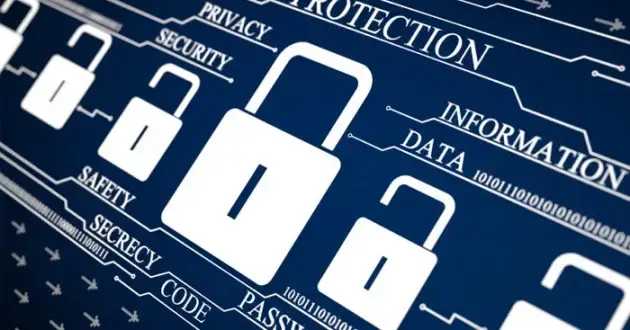What CISOs Should Know About NIST - Course Monster Blog Cybersecurity

Being the top information security officer is more difficult than ever (CISO) for NIST. In comparison to 2020, there were 50% more attacks per week in 2021. Maintaining a strong security posture is difficult without a plan.
The National Institute of Standards and Technology (NIST) thankfully provides CISOs with the direction they require. Continue reading to discover more about NIST, its significance, and how it may assist your business in defending against cybersecurity threats.
Definition
A set of vital cybersecurity standards for information systems are created and maintained by NIST, a non-regulatory government organization.
The U.S. is divided on this issue. The Department of Commerce supports technological innovation and industrial competitiveness. They want to assist federal agencies in complying with the Federal Information Security Management Act’s obligations.
Adopting NIST standard practices has many advantages for CISOs. By following the recommendations, you can:
- Distribute private information securely to the right recipients.
- Defend sensitive data and infrastructure from insider attacks, human mistakes, and cybersecurity weariness.
- Help IT manage malware, advancing threat kinds, and attack vectors
- To meet additional governmental requirements.
What Are NIST Standards?
A strong cybersecurity posture can be built, improved, and maintained by businesses using the NIST guidelines, a collection of best practices.
The framework core is “a set of cybersecurity actions, expected objectives, and related educational references common across critical infrastructure sectors,” according to the NIST website.
CISOs and security teams may enhance how they recognize, stop, and react to threats with the help of the NIST recommendations. Additionally, it might help in your recovery following any events.
Five essential tasks make up these best practices:
- Identify: Know how to control the danger of cybersecurity. Decide which essential information, assets, systems, and skills you must protect.
- Protect: Take security precautions to lessen or contain the effects of incidents. Installing solutions, reviewing company guidelines, and training staff in safe data management are a few examples.
- Detect: Create a well-thought-out approach with specific rules and instruments to identify events. Greater visibility makes it possible to quickly identify cybersecurity occurrences.
- Respond: Make incident response plans that specify the right course of action after an assault. This stage facilitates quick threat elimination, breach response, and damage mitigation for CISOs and their teams.
- Recover: Create a disaster recovery plan that encourages a prompt return to business as usual. Your team may increase resilience and future tactics by learning from every incident in addition to recovering data and services.
Want to know more about Cybersecurity? Visit our course now.
Why Do CISOs Need NIST?
NIST is the industry leader in terms of data security. However, not all industries are subject to government mandates. Company executives can handle risk management using whichever approach and standards they believe will best suit their business model, but CISOs should adhere to NIST guidelines.
However, these criteria must be applied by federal authorities. It came as no surprise when Washington proclaimed these standards the official security control recommendations for information systems at federal agencies in 2017 given that the U.S. government supports NIST.
Similar to this, CISOs must adhere to NIST security guidelines while working as contractors or subcontractors for the federal government. Therefore, any contractor with a history of NIST violation may be disqualified from receiving future government contracts.
Gain invaluable insights into NIST protocols for CISOs. Click here to learn more.
Here at CourseMonster, we know how hard it may be to find the right time and funds for training. We provide effective training programs that enable you to select the training option that best meets the demands of your company.
For more information, please get in touch with one of our course advisers today or contact us at training@coursemonster.com




Comments ()